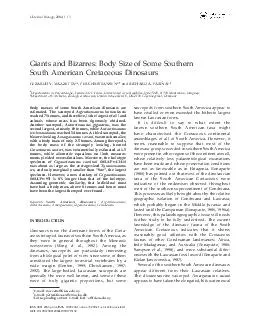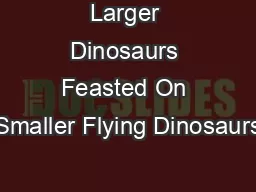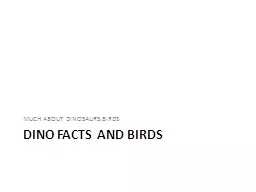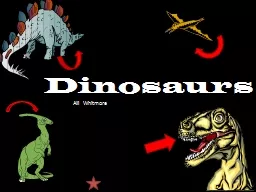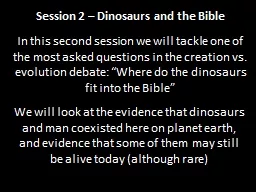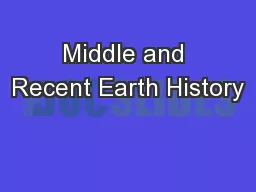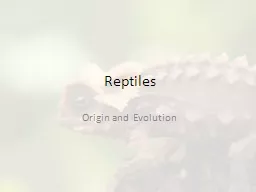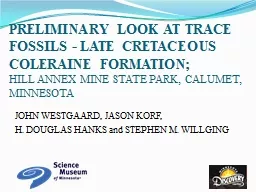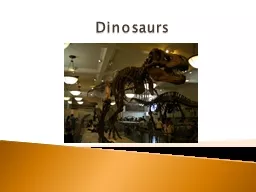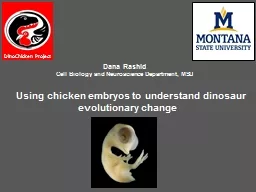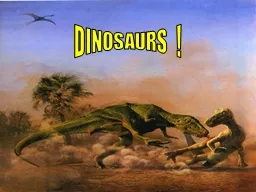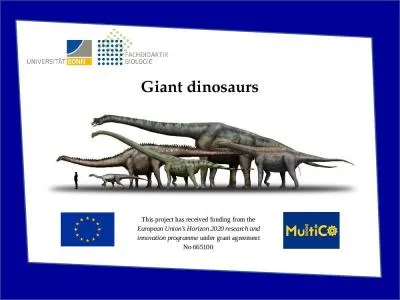PDF-Giants and Bizarres Body Size of Some Southern South American Cretaceous Dinosaurs GERARDO
Author : yoshiko-marsland | Published Date : 2014-12-03
MAZZETTA a PER CHRISTIANSEN b and RICHARD A FARIN a Departamento de Paleontolog a Facultad de Ciencias Universidad de la Repu blica Igua 4225 11400 Montevideo Uruguay
Presentation Embed Code
Download Presentation
Download Presentation The PPT/PDF document "Giants and Bizarres Body Size of Some So..." is the property of its rightful owner. Permission is granted to download and print the materials on this website for personal, non-commercial use only, and to display it on your personal computer provided you do not modify the materials and that you retain all copyright notices contained in the materials. By downloading content from our website, you accept the terms of this agreement.
Giants and Bizarres Body Size of Some Southern South American Cretaceous Dinosaurs GERARDO: Transcript
Download Rules Of Document
"Giants and Bizarres Body Size of Some Southern South American Cretaceous Dinosaurs GERARDO"The content belongs to its owner. You may download and print it for personal use, without modification, and keep all copyright notices. By downloading, you agree to these terms.
Related Documents

